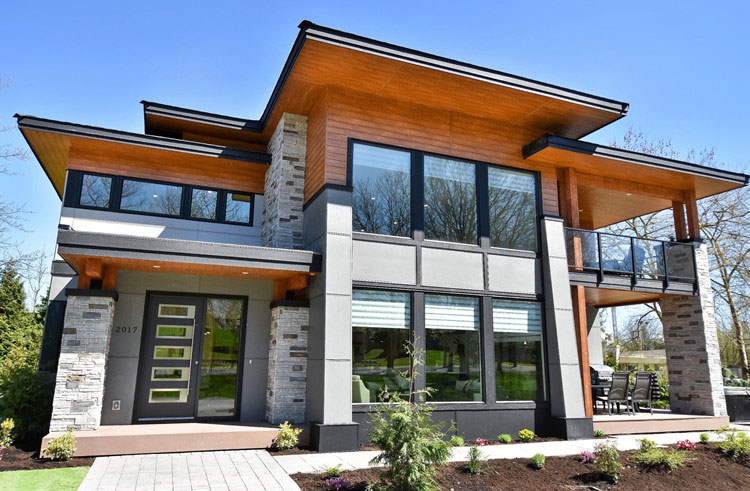
In the realm of architecture and construction, the terms "facade" and "external wall" are often used interchangeably, leading to confusion among professionals and enthusiasts alike. However, it is crucial to understand the subtle yet significant differences between these two concepts. This article aims to shed light on the disparities, providing a comprehensive analysis of facade and external wall, their functions, and their distinct roles in the construction industry.
- Defining Facade:
The facade, also known as the building envelope, refers to the exterior face of a structure. It encompasses the outer walls, windows, doors, and other elements that contribute to the building's aesthetic appeal. Beyond its visual significance, the facade serves as a protective barrier against external elements, ensuring the structural integrity and energy efficiency of the building. - Exploring External Walls:
External walls, on the other hand, are specific components of the facade. They are load-bearing walls that enclose the building, separating the interior from the exterior environment. External walls provide structural support, insulation, and weatherproofing. They are designed to withstand various forces, such as wind, rain, and seismic activity, while maintaining the stability and safety of the structure. - Functionality and Purpose:
While both facade and external walls contribute to the overall appearance of a building, their primary functions differ. The facade primarily focuses on the visual aspect, incorporating architectural elements, materials, and finishes to create a desired aesthetic. It acts as the "face" of the building, reflecting its style, character, and purpose.
In contrast, external walls prioritize functionality and structural integrity. They are engineered to bear the weight of the building, distribute loads, and resist environmental factors. External walls also play a crucial role in thermal insulation, noise reduction, and fire protection. Their design and construction must adhere to strict building codes and regulations to ensure safety and compliance.
- Material Selection and Construction Techniques:
The choice of materials and construction techniques for facades and external walls varies based on their respective requirements. Facades often feature a wide range of materials, including glass, metal panels, stone, brick, or composite systems. The selection depends on factors such as aesthetics, durability, maintenance, and energy efficiency.
External walls, being load-bearing, commonly employ materials like concrete, masonry, steel, or timber. These materials possess the necessary strength and stability to support the structure. Construction techniques for external walls involve careful planning, precise calculations, and adherence to engineering principles to ensure structural integrity and safety.
Conclusion:
In summary, while the facade and external walls are interconnected elements of a building's exterior, they serve distinct purposes. The facade emphasizes aesthetics and visual appeal, while external walls prioritize structural support, insulation, and protection. Understanding these differences is crucial for architects, engineers, and construction professionals to create buildings that are not only visually striking but also safe, functional, and sustainable.

